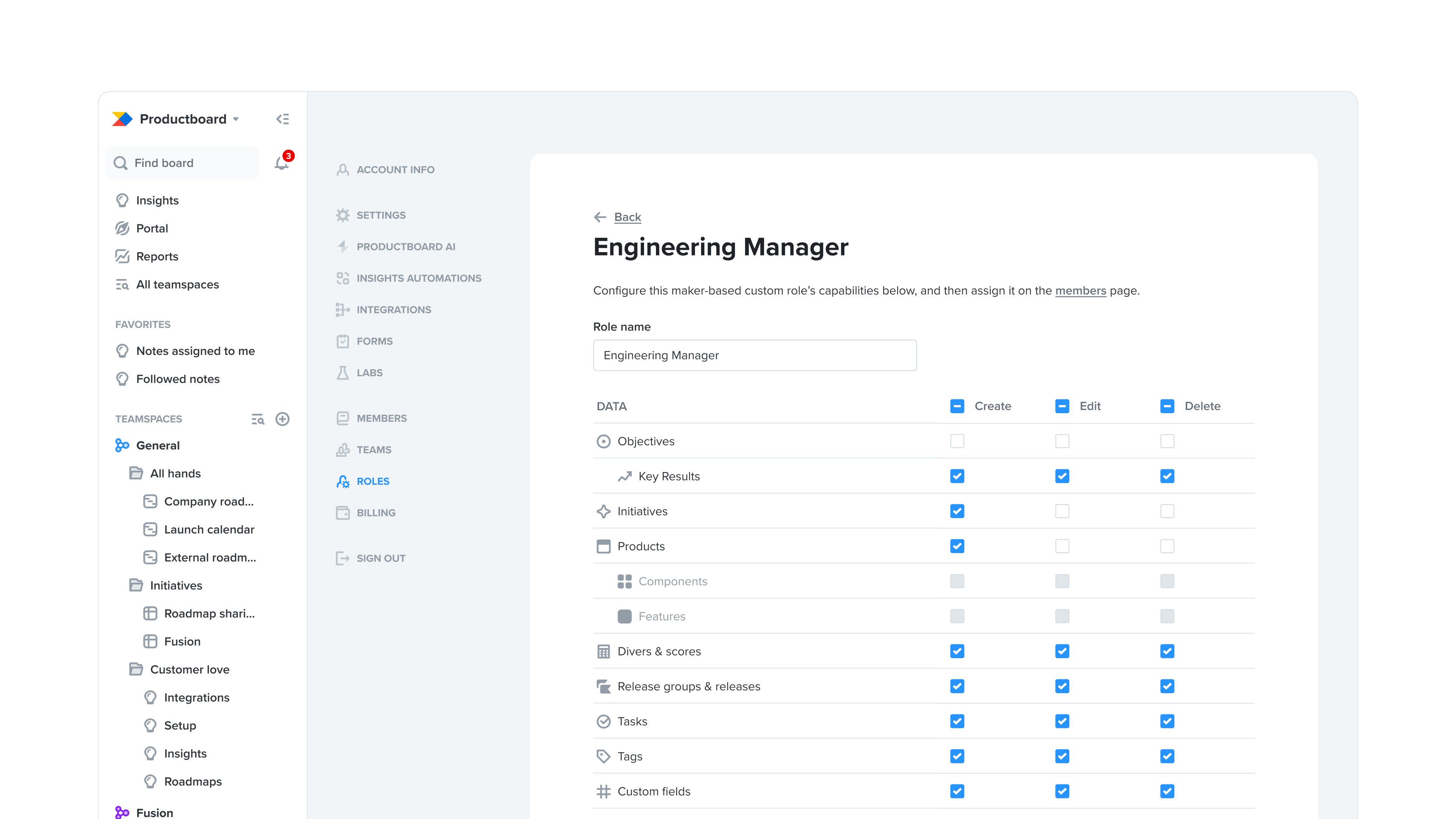Unlocking the value of product innovation

Digital Transformation: Creating Product Value
Since the beginning of 2020, the world has witnessed the equivalent of seven years of digital transformation across all industries. This has forced companies to find new ways to meet the needs of their customers and adapt new internal processes. It has become more imperative than ever for companies to leverage technology to become more agile, better understand customer needs, and achieve internal clarity and alignment around the short and long-term product strategy. The best products are customer-centric, meaning that they stay aligned with the current and future needs of a select group or segment of customers.
However, companies still have significant room for improvement when it comes to building more customer-centric products. Only 54% of product teams report that their product and feature ideas are primarily inspired by customer feedback, and only 1 in 10 teams successfully capture feedback from all available sources. This can result from silos across different functions, a lack of a systematic process for unearthing customer feedback, or internal misalignment. A robust product management system is necessary for product teams to have a product strategy driven by customer insights and more engaged cross-functional stakeholders.
The economic value of a product management system
There are a few key ways to think about the impact and economic value of adopting a product management system and why doing so should be a priority. In short, product management systems help companies accelerate innovation by building better products, increasing revenue. With Productboard, the leading customer-centric product management platform, product teams easily understand customers’ needs by capturing insights at scale and connecting those needs to feature prioritization and business priorities.
Product management systems reduce the time to ship new products by eliminating laborious tasks, including customer insight collection and analysis. They can also increase retention by helping PMs build stickier products, which ultimately leads to more revenue. Achieving these positive outcomes entails taking on a fully customer-centric mindset toward product management, standardizing prioritization across product teams, and using real-time roadmaps to align stakeholders and deepen customer engagement.
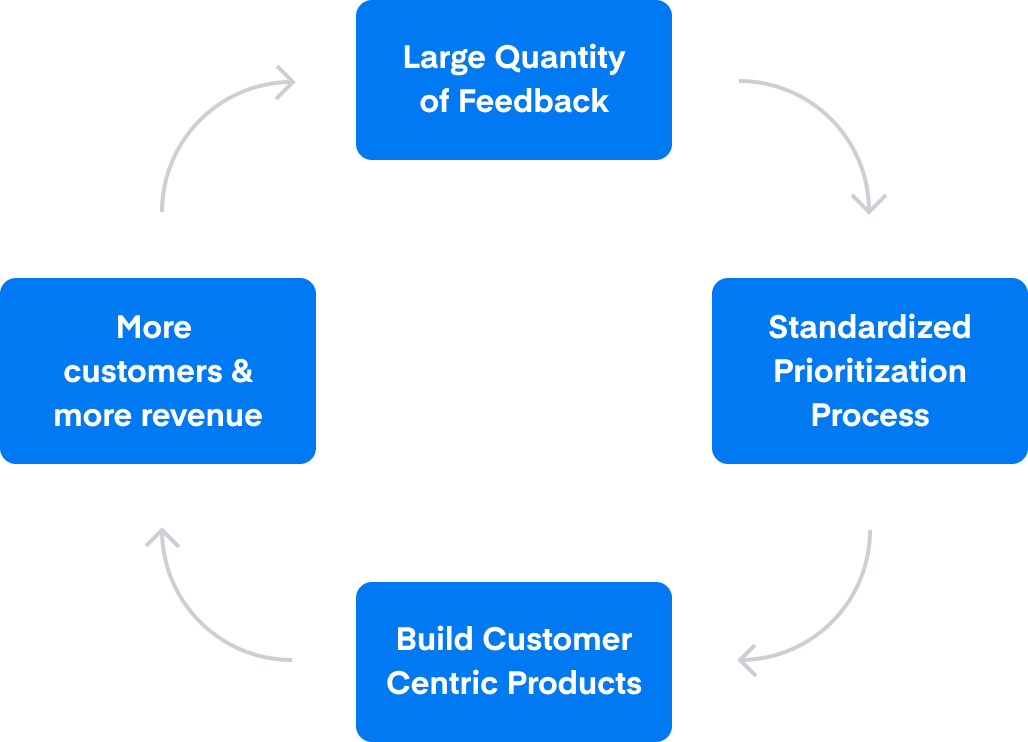
The positive business outcomes associated with product management systems
Benefit #1: Reduced product development cycle time
To accelerate innovation and build better products, product managers must collect and analyze feedback and requests faster. Building best-in-class products requires agility and responsiveness to market and customer needs and an objective method to make clear decisions on what to build next. As competition in the digital world increases, time wasted building features users do not need is detrimental to a company’s reputation and bottom line. Shipping features quickly should not come at the expense of high quality or execution.
However, product managers can often waste valuable time on tedious, low-value tasks such as updating roadmaps or searching through many different tools to aggregate feedback. According to the Pragmatic Institute, 40% of product managers report late project delivery. Wasting time manually making roadmap updates detracts from time better spent understanding the “why” behind customer requests. This also leads to more errors and inconsistencies between outdated roadmaps.
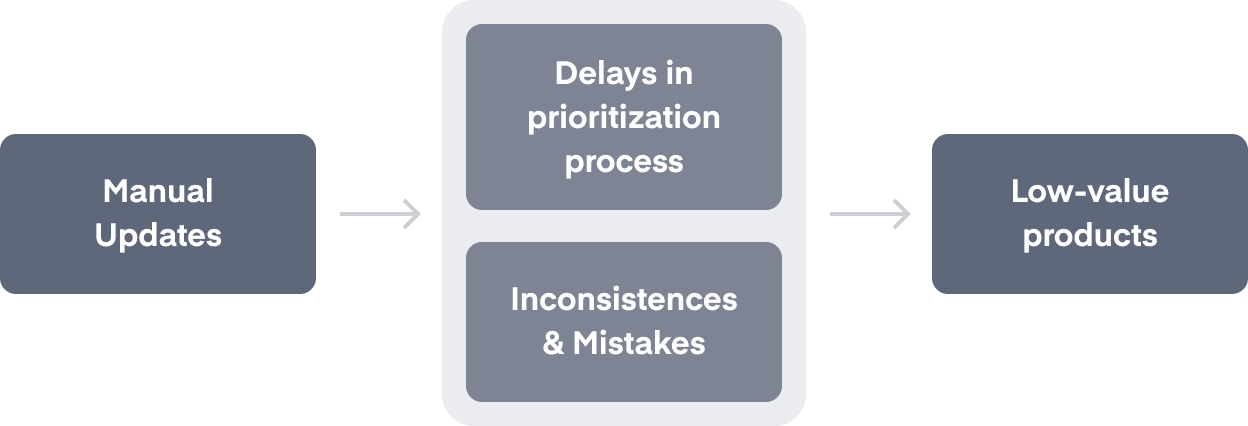
Overall, these inefficient processes lead to more degrees of separation from the customer and what they really want, and a significantly longer time to bring products to market. In addition to the increased time to market, building products customers don’t derive value from is a waste of resources. The wrong processes in place prevent members of the product team from asking the right questions and having relevant discussions.
50% of product teams feel their roadmaps are outdated and don’t reflect user needs, leading to $30B and countless hours wasted according to a Battery Ventures survey.
Time wasted on low-value items leads to lower adoption from customers and engineers, solving less meaningful customer pain points, which directly hurts a company’s bottom line. If a feature requires 30 days of development work, the hourly software engineering salary is $40, and the average engineer works 10 hours per day, a company could waste up to $12,000 on a feature if it is not well received by customers. Unmethodical prioritization yields the same effect as throwing money away. Streamlining feedback processes is paramount for cross-functional stakeholders to spend time building high-value, truly customer-centric products.
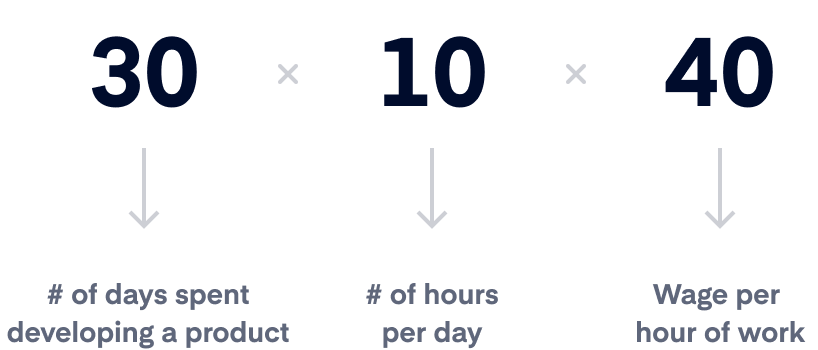
Systematic prioritization increases the number of precious product and engineering hours spent on high-value items. With this shift in focus, customers are more likely to realize the full benefit of each product. Happier customers enable sales teams to have an easier time upselling products, features, and plans, leading to increased revenue. A higher percentage of truly customer-centric products and features also provides intangible benefits such as a better brand reputation.
“It’s so easy to get bogged down in the technical details of what you’re building that it can be easy to lose track of the customer voice that was the seed of the idea to begin with. It’s really great that I can go back into Productboard and get to the bottom of why we’re really building this feature to begin with.”
Overall, this reallocation of activities leads to increased goal attainment and revenue across the board. By shifting time away from logistical processes towards better understanding customer needs, product teams can build better products faster.
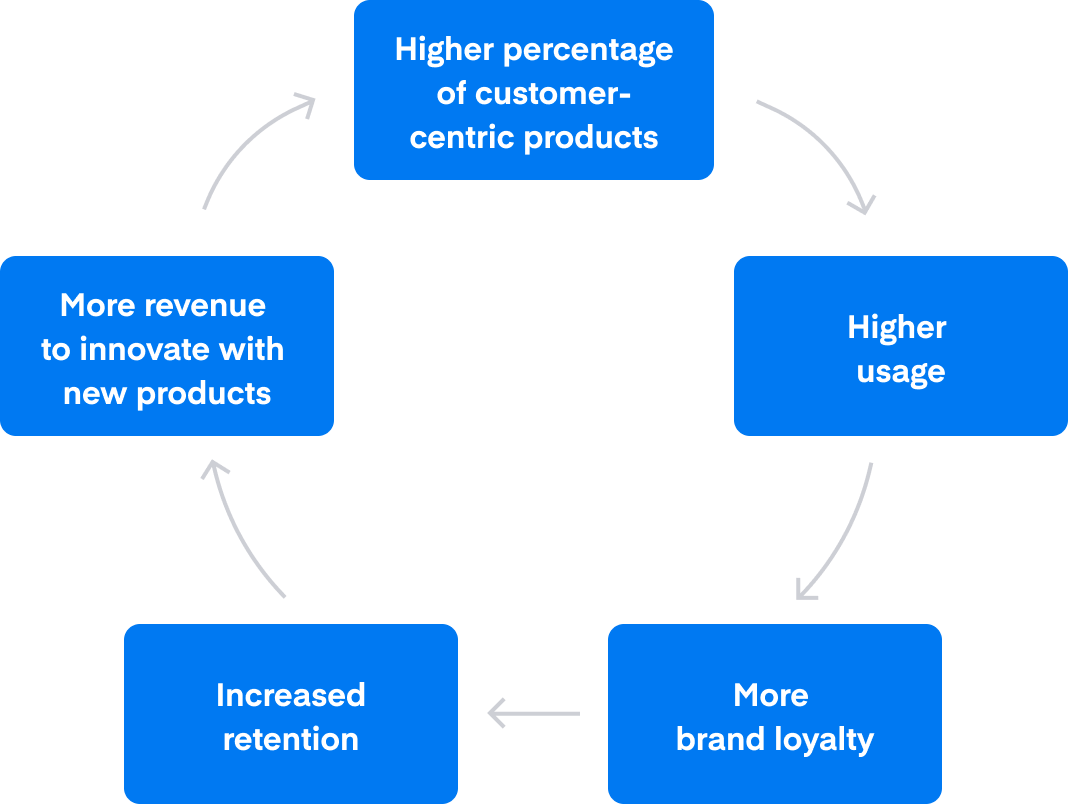
Customer Success Story
CoConstruct, a software platform for custom home builders and remodelers, decided to leverage Productboard as a solution for customer insights, feature prioritization, and Zendesk integration. They ultimately were able to speed up the product development process, allowing them to get to market around 30% faster, and eliminated the need for costly rework in the prototyping and building phase.
Benefit #2: Increased Customer Retention
Intuitive, customer-centric products make it easy for customers to appreciate the full value of the offering. When a product delights a user, solves a critical pain point, and seamlessly integrates into their existing workflows, users are more likely to use the product on a more regular basis. More frequent product usage translates to a higher lifetime value and probability of staying as a loyal customer.
According to Hubspot, a 5% increase in customer retention can increase a company’s revenue by 25-95%.
The key to retaining more customers is understanding the characteristics of the healthiest customers, why they chose to expand their usage, and their specific actions within the product. Understanding this can save companies significant money, particularly as the cost of customer acquisition has increased by over 50% over the past five years.
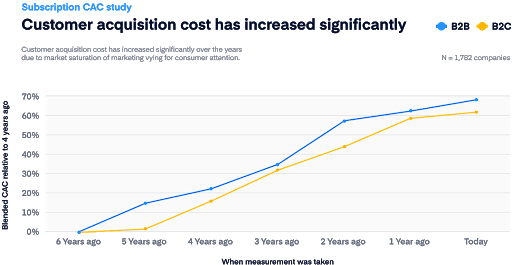
At the same time, the reverse is also true. When products are not intuitive and fail to directly solve a pressing problem for the end-users, they will likely be under-utilized. They will certainly not be adopted into a daily workflow. When a large number of users in a company don’t derive any value from a product, there is a much higher likelihood that a company will churn.
The gaps in customer-centricity metrics between best-in-class, customer-centric companies and the median SaaS companies are extensive.
Best-in-class SaaS companies have over 65% of users engaging weekly with their product, while median companies have a mere 17%. Best-in-class SaaS companies grow on average 13x faster than the median.
But imagine if that didn’t have to be the case. Convenient access to centralized information about customers and prospects increases the number of features released based on customer insights. More customer-centric products and features leads to more usage and more retention and helps close the gap between the median and best-in-class success metrics. At the end of the day, customers are happier because they are using better products, and companies can reach new heights because they are generating more revenue.
Customer Success Story:
Dana, a digital wallet company that helps with cashless payments in Indonesia, started using Productboard because they needed a single system of record to communicate the product roadmap to the entire company. Since using the platform, customer engagement multiplied, and their monthly average users increased by 60%!
As a single source of truth, Productboard empowers product managers to weed through the noise and decipher which features and products will be most valuable for customers. Instead of taking on an ad-hoc approach that the loudest customer influences, product managers that use Productboard can employ a more systematic approach towards validating customer feedback. This, in turn, allows companies to focus on the most value-additive features for customers, which increases their propensity to continue buying a product.




